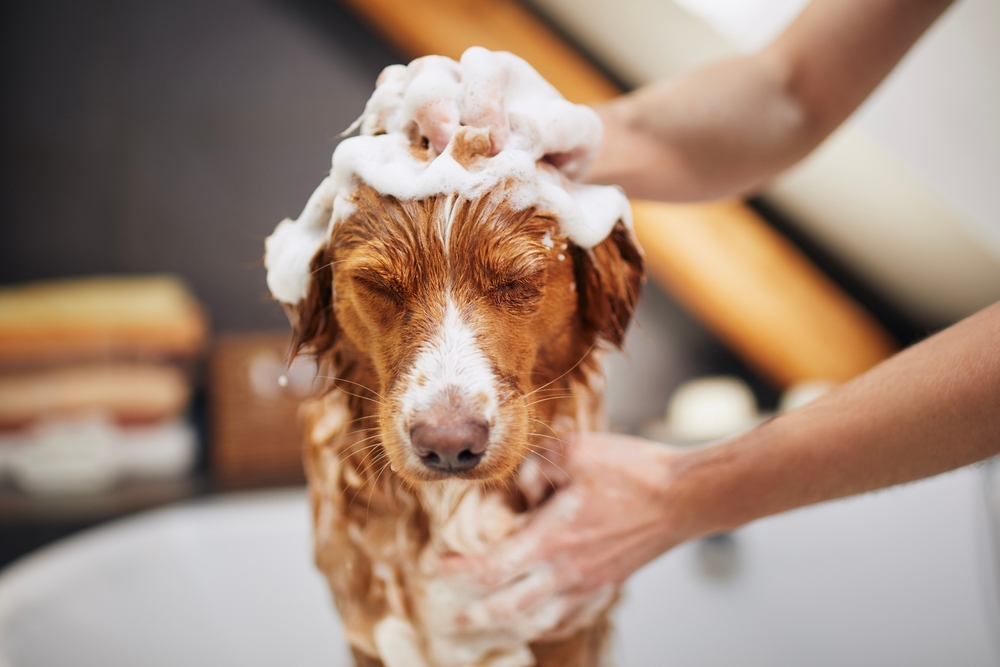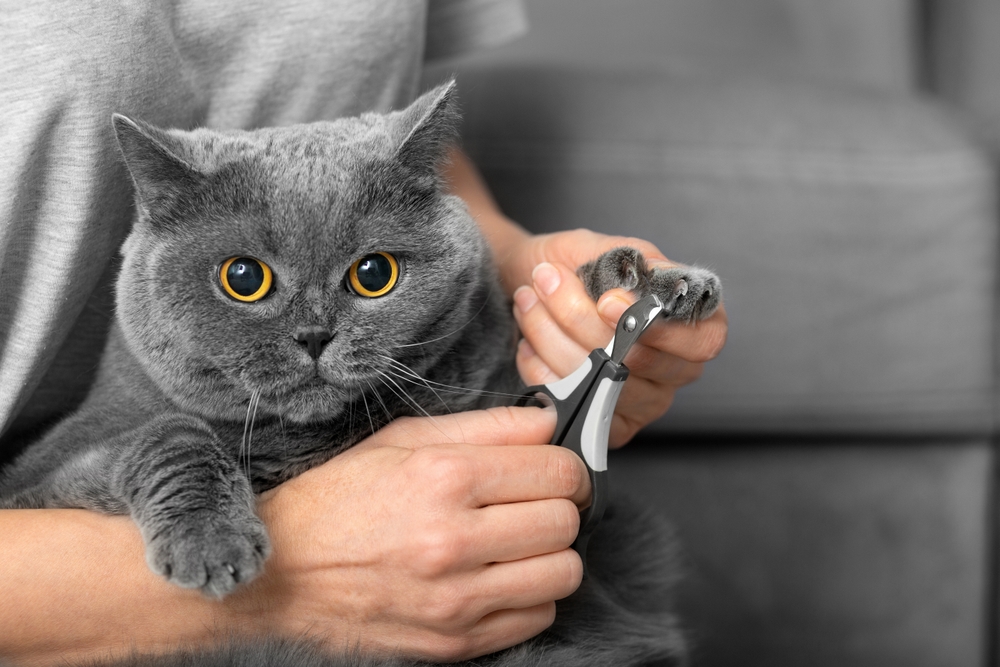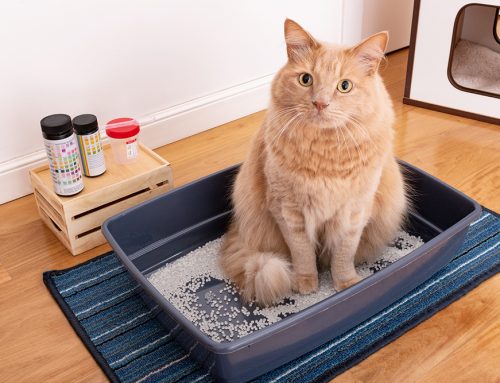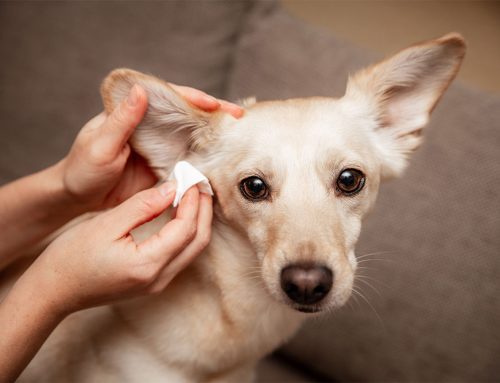Your furry pal deserves an occasional pampering session to make them smell fresh and clean. In addition, a thorough, properly performed at-home grooming session can help your furry pal look and feel their best, while strengthening your pet-owner bond. By performing your pet’s spa treatments, you also have the opportunity to check your four-legged friend from nose-to-tail for potential health problems such as lumps, skin infections, or wounds.
While grooming provides a ton of benefits for your pet, some tasks can be tricky to perform on your own, especially if you are unfamiliar with trimming nails or expressing anal glands. Our Oliver Animal Hospital team shares tips of the trade to help you learn to groom your furry pal at home.
Professional tips for trimming your pet’s nails
In general, you will have an easier time trimming your pet’s nails if they are white rather than black. However, no matter the color of your four-legged friend’s nails, trimming them can be challenging. Oftentimes, a nail trim is one of the most unpleasant tasks veterinary professionals perform, and pets dread it more than vaccinations or blood draws.
By learning how to trim your pet’s nails properly, you can ensure they always have a positive experience, especially when you provide plenty of tasty treats. Before trying to tackle your pet’s toenail trim, gather your supplies, including:
- A pair of appropriately sized pet nail clippers
- Quick stop powder or silver nitrate sticks
- High-value treats
- A helper
Have your helper distract your pet with treats while they gently hold your furry pal in place to help prevent you from inadvertently cutting their nail’s quick. The end of a white nail’s quick can help guide your trimming. However, the end of a black nail’s quick is difficult to detect. Typically, the end of the quick lies at a toenail’s natural curve, so cut just past that point to ensure you do not cut into the quick. If you accidentally cut the quick and cause bleeding, apply the quick stop powder or silver nitrate stick and keep your pet from walking on the injured nail until the bleeding stops.
If you’re cutting your dog’s nails, you can either leave their paws on the ground or pick up the paw and flip it upside down. If your dog is particularly sensitive about having their paws touched, leaving them on the ground works best. Cut the nails so they are just above the ground. If you trim much further, you may cut the sensitive quick. When flipping the paw upside down, look for the nail’s curve, and cut just past it, removing the tip.
When cutting your cat’s nails, press gently on each toe to extrude the nail. Cats’ nails are typically clear, and you can easily see the end of the quick. You can also simply trim the sharp tips of your cat’s claws.
Professional tips for expressing your pet’s anal glands
Ideally, your pet’s anal glands will naturally express when your furry pal defecates. However, inflammation, anatomical problems, diarrhea, and a host of other issues can prevent the anal glands from emptying fully. If the glands become impacted, they can rupture and form a painful abscess.
If your pet has problems emptying their anal glands unassisted, glove up and help them out. Don a pair of disposable gloves, apply a water-based lubricant to the index finger of your dominant hand, and gently insert your finger into your pet’s rectum, generally up to about your first knuckle. At about the 4 o’clock and 8 o’clock positions, you should feel a pair of glands that range in size from a pea to a grape, depending on your pet’s body size.
Next, gently milk a gland toward the opening, taking care to cover the rectum with a paper towel. A watery, foul-smelling fluid should easily come out. Your pet may be developing an anal gland infection if the discharge is paste-like or bloody.
Once both glands are emptied, you should no longer be able to feel them. Clean your pet’s fur using waterless shampoo or baby wipes. You may need to repeat this process as frequently as every six to eight weeks, but in some cases, the time frame is every four to six months.
Professional tips for bathing your pet

Finish off your pet’s spa day by giving them a relaxing bath in warm water. Depending on your pet’s fur and lifestyle, you may only need to bathe them once every month or two. Choose a gentle shampoo that won’t strip healthy oils from your pet’s skin, or one that suits their particular skin care needs.
Before bathing your four-legged friend, brush their fur smooth, removing tangles and debris. Then, using tepid water, soak their fur, taking care around their head to avoid getting water in their ears. Work the shampoo deep into their coat, allowing it to sit for a few minutes if necessary. Rinse thoroughly to remove every trace of shampoo and ensure your pet’s fur is squeaky clean.
Use a towel to blot excess water from your pet’s fur, avoiding a harsh, rubbing motion, as this can break hair follicles and lead to a skin infection. If your pet will tolerate it, you can use a blow dryer on the cool setting. Once your pet’s fur is dry, brush them again to remove tangles.
Not all pets are easy to groom at home, especially when trimming their nails. If your four-legged friend fights you tooth and nail when the clippers come out, ask our Oliver Animal Hospital team for help.








Leave A Comment